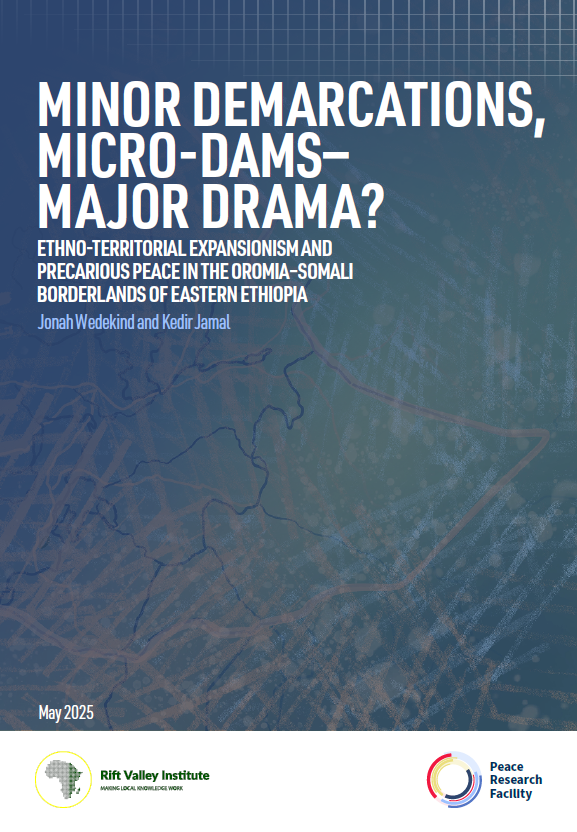This Q&A explores the ecological crisis in the Horn of Africa, its impact on regional conflicts, changing foreign policies’ effects, shifts in donor priorities, and emerging strategies for refugees and internally displaced persons. It serves as a primer for topics that will be covered in more detail on the 2023 Horn of Africa course. Questions were posed by RVI and answered by the Directors of Studies (DoS), Michael Woldemariam and Ken Menkhaus.
1. The ecological crisis in the region is escalating. What effect has it had on regional conflicts? What are some of the macroeconomic and social responses to this crisis?
Climate change is making seasons less predictable and rendering episodes of both droughts and floods more intense. Populations in the Horn have a variety of coping mechanisms to deal with high variability in rainfall from year to year, but those systems are being severely tested. The biggest single response has been dramatic rural-urban migration, as destitute rural dwellers seek a new life in cities. Rural production in some areas has adapted, with the use of more drought-resistant crops, changed pastoral migratory patterns, and intensified efforts to capture water in dams and small catchment systems. Fears of actual water wars have not yet materialized in the Horn, but tensions over water use, diversion, and access are high, and communal clashes over boreholes and well-watered grazing areas have increased.
2. How have the changing foreign policies and agendas in the global north affected governance in the Horn
Western countries’ influence still matters but has waned somewhat across the region. Part of this has to do with preoccupation with interests elsewhere, from Ukraine to Asia, and part has to do with donor fatigue. A big additional factor is the growing role of other external actors, both regional – Turkey, UAE, Saudi Arabia, Qatar – and global – China, and more recently Russia. Western prioritization of democracy, human rights, and rule of law has grown in recent years, which has been welcomed by many but which has strained relations with authoritarian leaders in the region, and lead some to adopt a “look East” policy with China. Despite the high dependence of regional governments on Western foreign aid, political and economic conditionality on aid has had limited impact on government behavior.
3. Have the resource capacities and political priorities of donors and development partners changed with regard to the horn? In what ways?
Stabilization and counter-insurgency objectives dominated much of the donor community engagement in the region post 9/11, and while security sector reform and security agendas are still quite important, they no longer define development priorities as they did in the recent past. Peacebuilding and capacity building continue to be important though challenging initiatives. And, because of the combination of war, drought, and displacement in the region, essential humanitarian response remains a top priority for donors.
4. Have there been any migration policy shifts by regional governments with regard to the refugee situation as a result of displacement within and from the Horn of Africa region?
Important new thinking about durable solutions for the large refugee population in the Horn has emerged in recent years. Host countries are more open to pursuing strategies of local integration and self-sufficiency for refugees, rather than forcing them to remain “warehoused” in camps and dependent on relief aid. This is still in its early phase and initiatives designed to promote this agenda have suffered predictable obstacles, but it is a hopeful development. The greater challenge may actually be finding durable solutions for the millions of internally displaced persons across the region.


